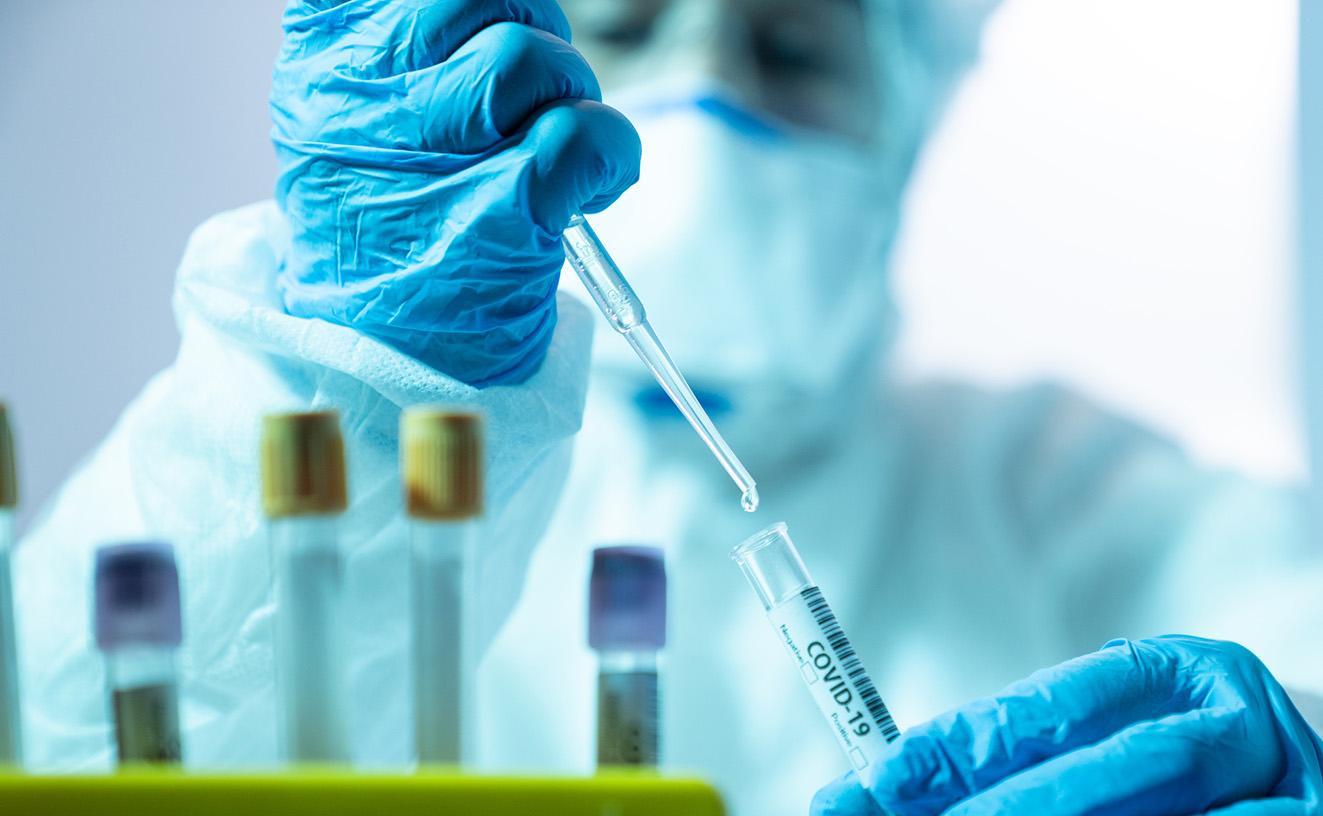Is there hope on the horizon with three COVID-19 vaccines in the works? Pfizer, Moderna, and AstraZeneca have all been testing their version of the vaccine. But how do the three compare?
Pfizer
Pfizer announced that their COVID-19 vaccine that they created in partnership with BioNTech is 95% effective. The company’s vaccine utilized revolutionary mRNA technology to create the vaccine. The benefits of using mRNA to manufacture a vaccine means that it doesn’t have to be grown in eggs (like the traditional flu vaccine) or cells. The vaccine also doesn’t have to undergo the purification process that most vaccines do, so they can be manufactured more quickly and safely.
The con to mRNA sourced vaccines is that they have to be kept in super-cold temperatures. Pfizer’s vaccine must be kept at minus 94 degrees Fahrenheit to remain stable. This is because mRNA molecules are fragile. Pfizer/BioNTech submitted an Emergency Use Authorization Request to the FDA last Friday. FDA approval would allow the companies to distribute the vaccine to select groups as early as December. At this point in time the FDA has not authorized Pfizer/BioNTech’s request.
Anyone receiving the Pfizer/BioNTech vaccine must take two doses. According to a CNBC report, side effects can feel like mild coronavirus symptoms, according to those who participated in the test trials. Participants reported experiencing body aches, chills and fever, but the side effects dissipated after a day or so.
Pfizer’s CEO said that Pfizer vaccine is supposed to be free for U.S citizens, although that might change after the company’s contract with the U.S government runs out or isn’t extended. The vaccine will more than likely be free for early recipients, although that has yet to be confirmed.
Moderna
Moderna shares three similarities with the Pfizer/BioNTech vaccine. Moderna reported that their vaccine has a 95% efficacy rate, and also utilizes the same mRNA technology. Side effects reported for the Moderna vaccine were body aches, fever and sore arms for more than one day. Moderna’s vaccine can be stored for up to six months at minus four degrees Fahrenheit.
Moderna’s Chief Medical Officer Dr. Tal Zaks stated in a recent interview that, “When we start the deployment of this vaccine, we will not have sufficient concrete data to prove that this vaccine reduces transmission…Do I believe that it reduces transmission? Absolutely yes, and I say this because of the science…But absent proof, I think it’s important that we don’t change behaviors solely on the basis of vaccination.”
Moderna also has a contract with the U.S government to distribute their vaccine at 15 dollars per dose. The price will likely increase once the government contracts expire, with estimates of the Moderna vaccine costing between 15 to 25 dollars out of pocket.
AstraZeneca
The AstraZeneca vaccine in partnership with Oxford University had more varied results during trial testing periods. The company’s vaccine showed only 62% efficacy when participants were given two full doses one month apart. However, that efficacy rate increased to 90% when participants were given one half dose initially and then a full dose one month later.
The AstraZeneca vaccine can be stored at normal freezing conditions of 34 to 46 degrees Fahrenheit. The company’s vaccine is also significantly cheaper at 2 to 4 dollars per dose. AstraZeneca has also pledged to distribute the vaccine at no profit for the duration of the pandemic.
The AstraZeneca vaccine does not use mRNA technology, but an altered isolated inactivated cold virus. Overall medical professionals have emphasized the importance of making sure vaccine recipients return for the second dose, even if they experience side effects.
It’s promising that none of the vaccine trials have reported any major side effects or complications. The prospect of multiple COVID-19 vaccines is exciting, but it’s important to keep social distancing and wearing masks to stop the spread as much as possible.The three vaccines have yet to be widely distributed across the world.








